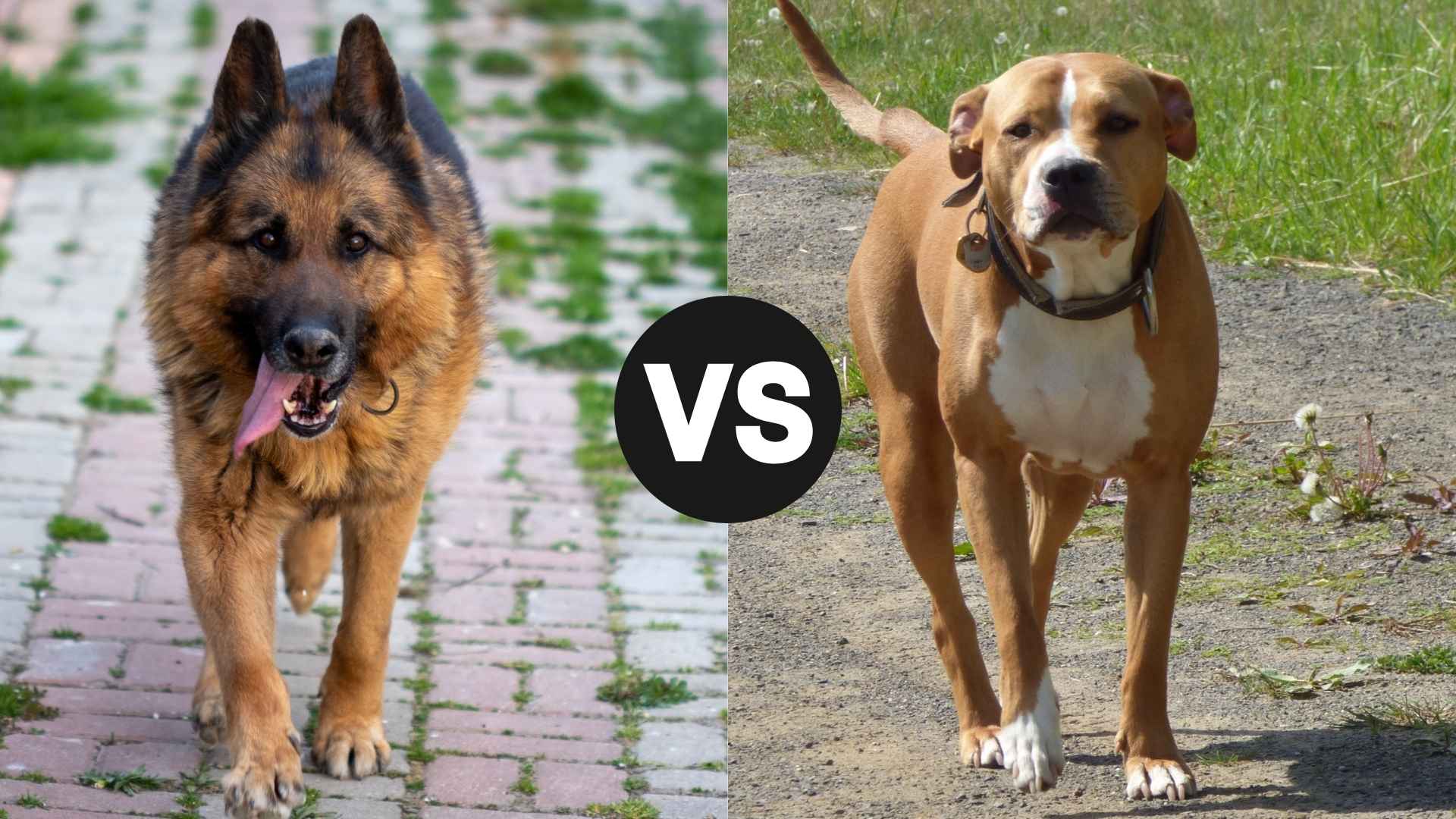German Shepherds and pit bulls are two of the most popular dog breeds in America. The two breeds are quite different from each other in every aspect, from physical appearance to historical background, grooming needs, and exercise routine.
However, they share some similar traits as well. Both the German Shepherds and Pit Bulls have an intimidating size and share the same temperament. So, you might be struggling to find which breed is more suitable for you.
If you want to adopt an intelligent guard dog, a German Shepherd is the right choice for you. But if you want a cuddly buddy who is sociable and is not aggressive towards strangers, we recommend opting for a Pitbull.
Have a look at some key differences between the German Shepherd and the Pit Bull.
German Shepherd vs. Pit Bull
Breed Origins and Historical Background
German Shepherd
German Shepherd hails from Germany. The very first known German Shepherd was discovered in 1899. In the 1850s, breeders wanted to create a herding dog that could protect the sheep against predators. The Phylax Society of Germany regulated the breeding of these dogs.
However, they didn’t succeed in creating a super-fast, agile, and strong dog with an excellent sense of smell. A member of the phylax, Max von Stephanitz, believed that dogs should be bred as working dogs.
During his visit to a dog show, he saw a new dog breed and was impressed. Stephanitz named the dog Horand von Grafrath, the first German Shepherd.
Do you know? One of the first few fans of a German Shepherd was a man from Germany, named Adolf Hitler.
Pit Bull
“Pit” in the Pit bull refers to the brutal spirit of pitting a dog against a bull. Pit bulls originated in the 1800s in England. Pit bulls also resemble American bulldogs.
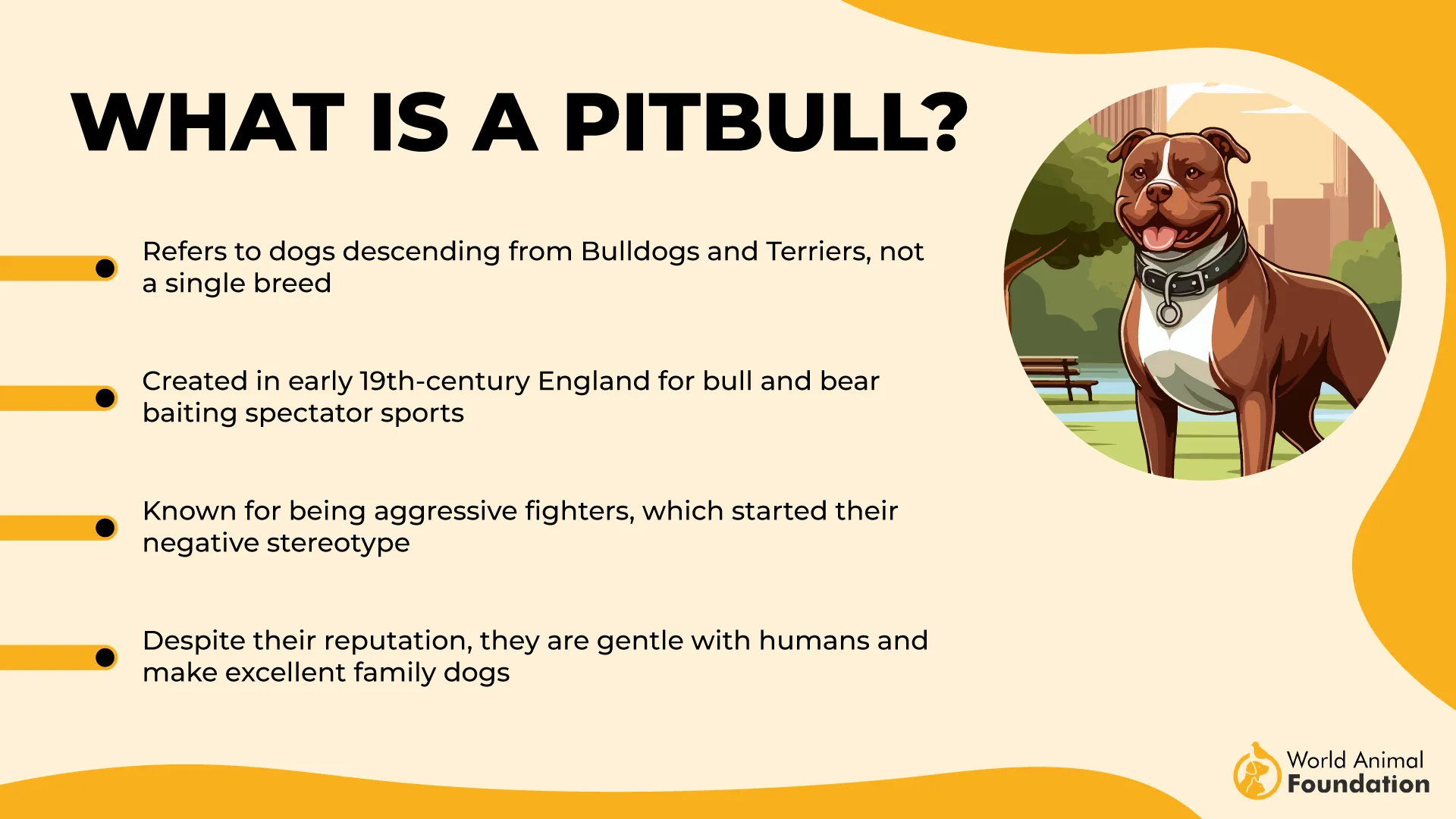
Pit bulls have Old English bulldogs and Terriers as their ancestors, the two dog breeds that were used in sports like bear and bull baiting. These were replaced by dog fighting after getting banned in 1835 by the British parliament under the animal cruelty law.
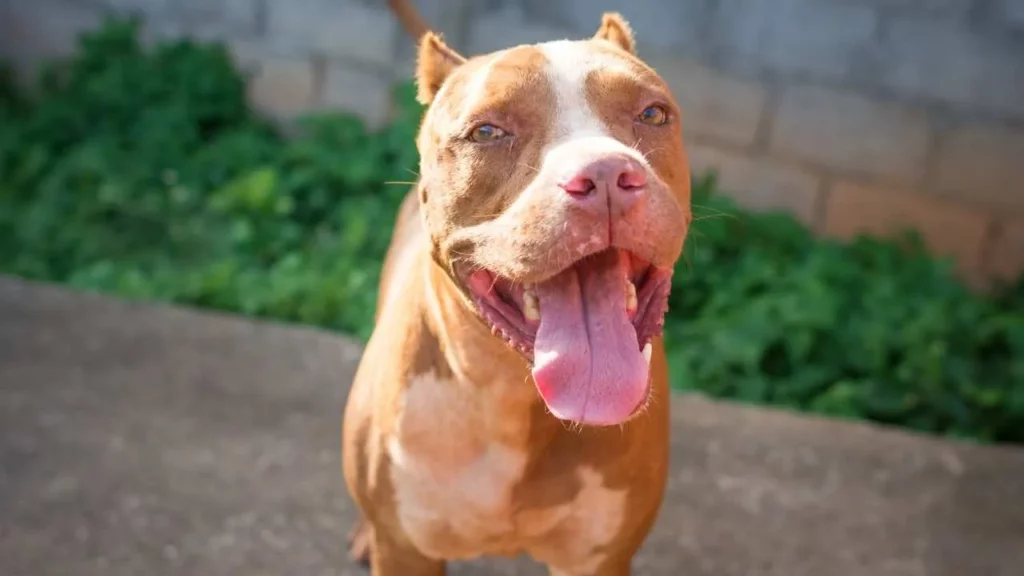
People involved in dog fighting prized the traits like agility, strength, and intelligence. Breeders also tried to create a breed that would not bite because their owners had to be with them as the game went on. British immigrants brought pit bulls to America, where the pit bull terrier was named as American Pit Bull Terrier.
Physical Characteristics and Appearance
Height and Weight
German Shepherds tend to be slightly larger than pit bulls. According to PetMD, they can grow up to 24 to 26 inches in height and weigh up to 65 to 90 pounds. On the other hand, an adult pit bull stands 17 to 21 inches at the shoulder and can weigh up to 30 to 75 pounds.
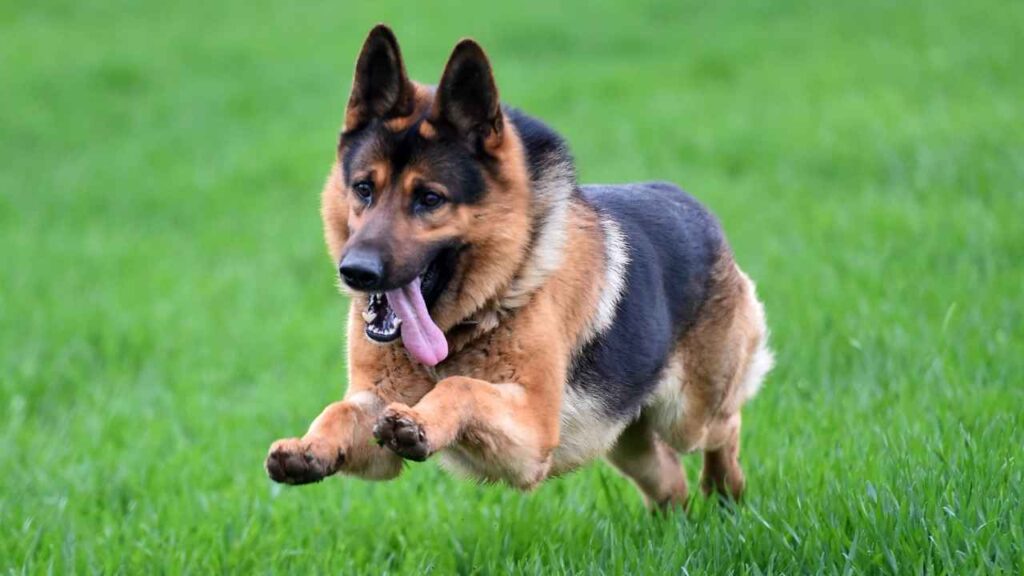
Coat
Pit bulls have short hair due to which they seem to be a bit more muscular than German Shepherd dogs. GSDs have long hair hiding their muscles inside. They have a medium to long double coat, which is either all black or black with a tan. Pit bulls come in a variety of colors.
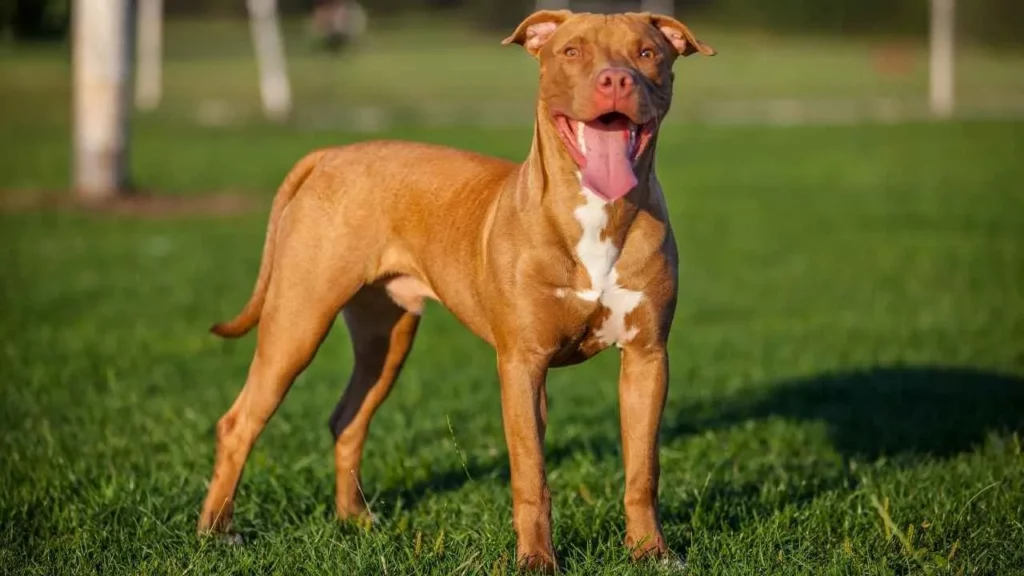
Do you know? Pit bulls have a bite strength of 235psi. On the other hand, German Shepherd dogs bite with a force of 175 to 238psi, according to GSD Colony. This extremely strong bite force can cause a lot of damage.
Health and Common Medical Concerns
Pit bull is a long-lived dog with a lifespan of 12 to 16 years, while German Shepherd dogs can live up to 7-10 years. However, their health condition plays a major role in determining how long they live.
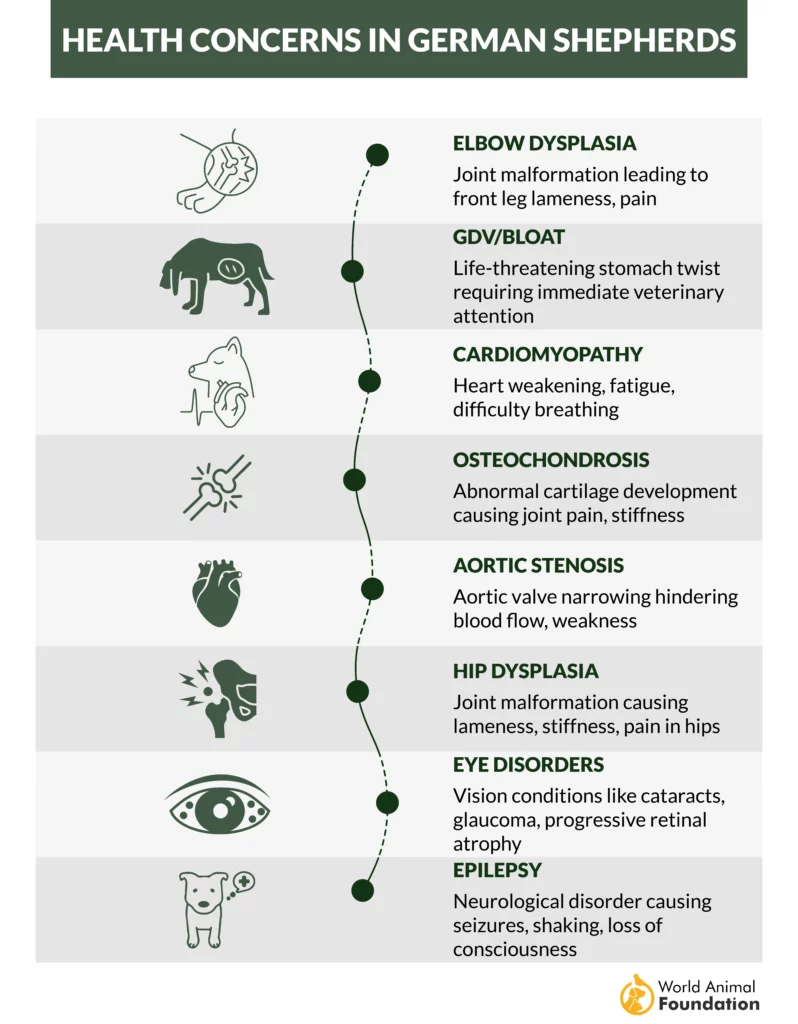
Hip and Elbow Dysplasia
Both dogs can suffer from problems arising due to genetic dispositions like hip dysplasia. The two breeds are equally susceptible to hip dysplasia, but GSDs have a higher risk of experiencing elbow dysplasia.
Allergies and Neurodegenerative Disorders
Pit bulls are vulnerable to grass allergies, which can be controlled with proper medication. Pit bulls can suffer from a neurodegenerative condition called cerebral atrophy, which can make them immobile.
German Shepherds, on the other hand, are susceptible to becoming immobile due to another neurodegenerative condition known as degenerative myelopathy. It is a progressive, non-painful spinal cord disease that paralyzes their hind limbs.
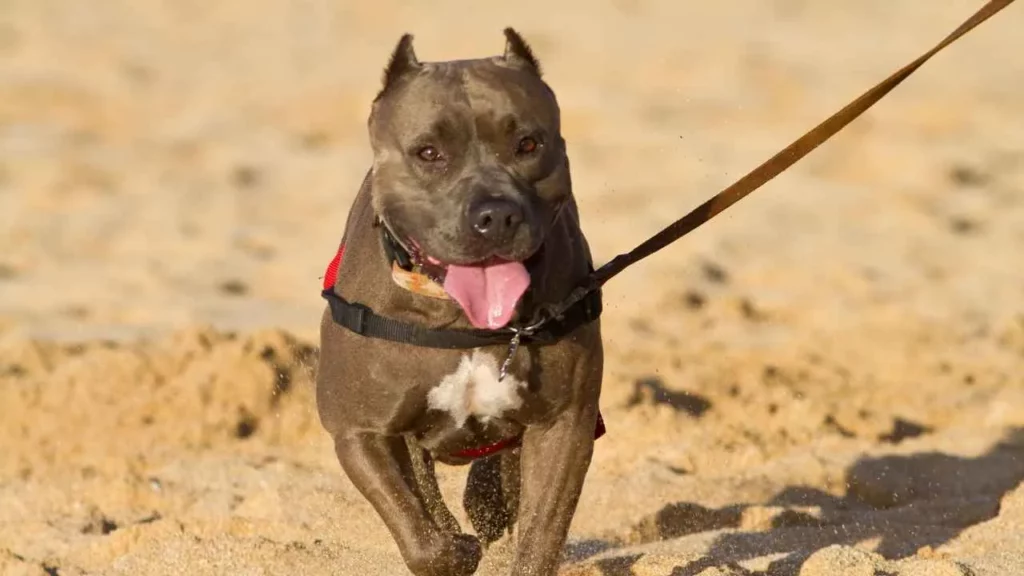
Knee Problems
Pit bulls are susceptible to knee issues due to their energetic and athletic nature. Such problems can affect their hind limbs and restrict their movement.
Hypothyroidism
Hypothyroidism is another disorder that affects the dog’s thyroid gland. If your dog’s weight is increasing and it is facing skin problems, get your pup checked by the vet. Both German Shepherds and Pit Bulls are prone to hypothyroidism.
Coat Care and Grooming Requirements
Pit bulls have a short coat, which has minimal grooming requirements. You can brush your pit bull’s coat using a slicker brush. On the other hand, German Shepherds have long hair that needs to be brushed a couple of times every week.
They blow off their inner coat at least twice a year. During the shedding season, when GSDs shed more, the American Kennel Club suggests brushing their hair at least three times a week.
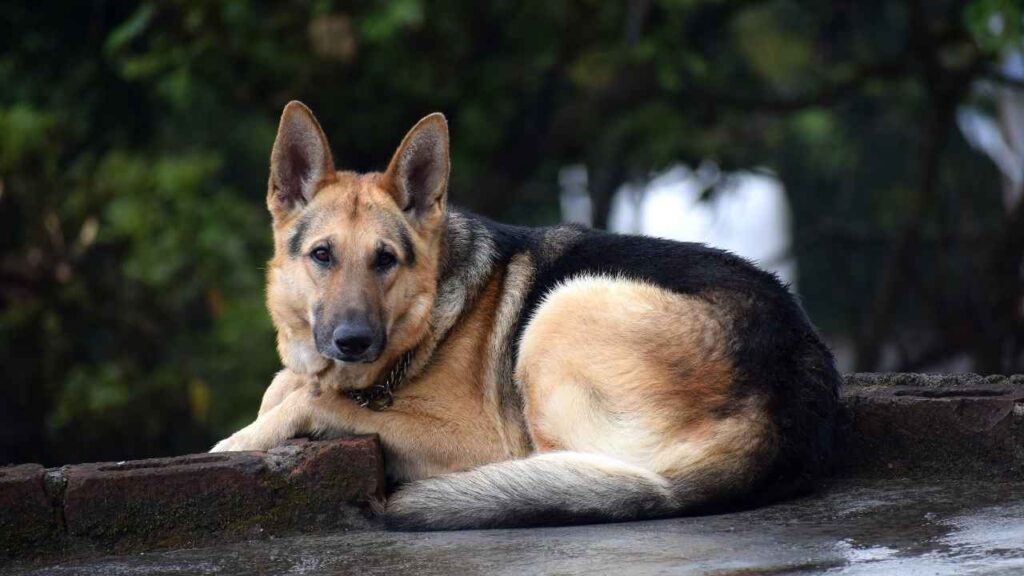
Pit bulls need occasional baths, but German Shepherds require more frequent bathing due to their long and thick coats. Also, German Shepherds’ curiosity can cause them to roll in mud and get dirty.
Socialization Needs and Ideal Living Conditions
Pitbull
Pit bulls are generally loyal pets with an eagerness to please their family members. A pit bull is quite athletic, and its high energy levels can be risky at times. Pit bulls can be wild!
Due to their strength and high speed, they can overpower humans and particularly children. Early socialization can turn a pit bull into a well-behaved dog.
Many people believe that pit bulls are dangerous. But socializing a pit bull at a young age is essential to overcome its aggressive nature and make it a wonderful family pet. For proper training, you need to become a firm leader, but make sure they do not get scared.
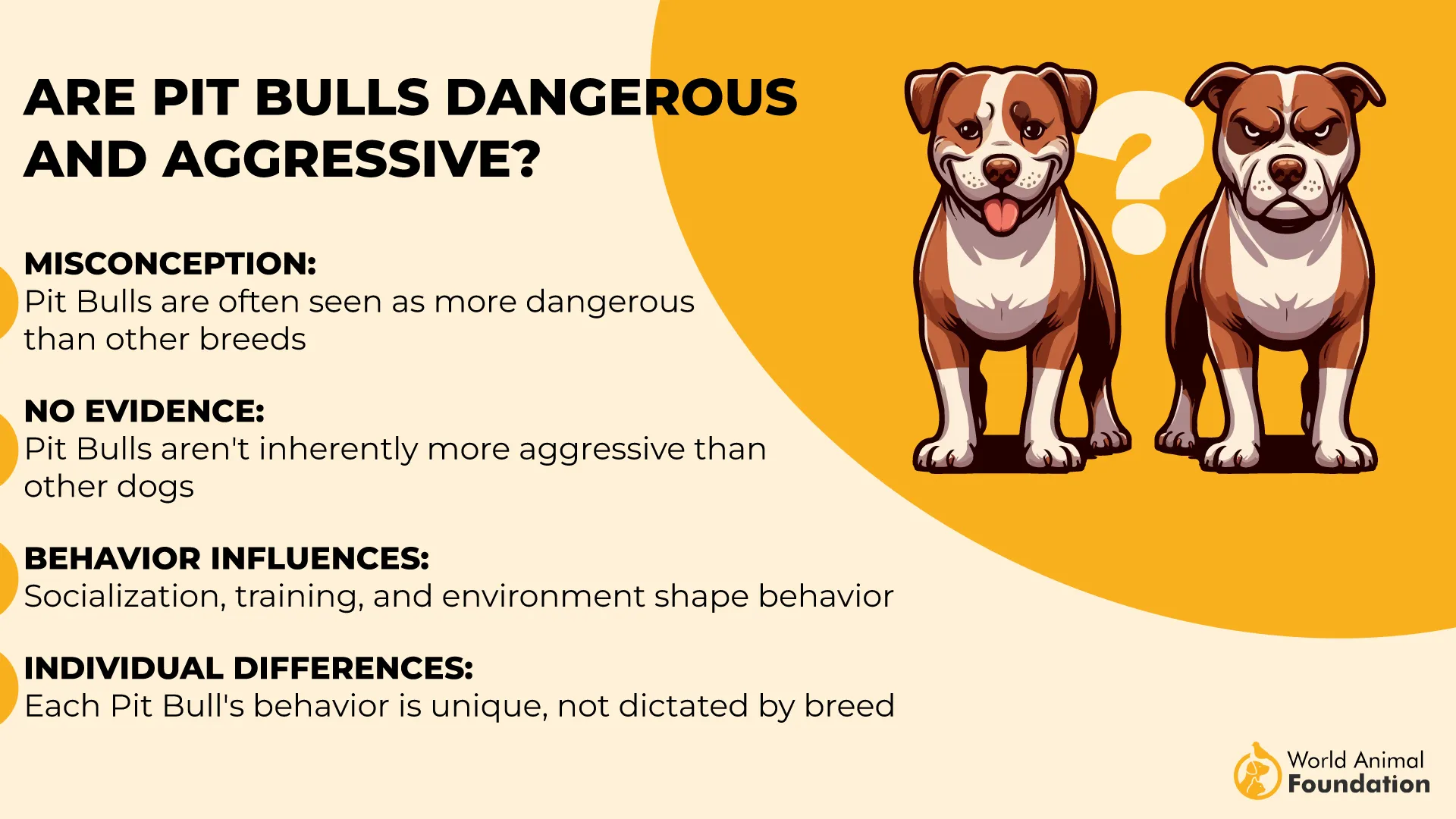
Pit bulls are the laid-back pups that are not very social. They are not suitable for households with young children and other pets. They should be kept in houses that have enough room to run and play.
German Shepherd
German Shepherds are loyal and protective companions that will put themselves in danger to protect you. They are friendly, confident, and steady. The best time to train a German Shepherd is when they are 12 to 18 weeks old.
Do you know? GSDs once served German military in World war II.
Training and socialization can help your German Shepherd get along well with strangers. However, German Shepherds are highly intelligent dogs that can easily detect intruders. You can also teach your GSD house rules with consistent training.
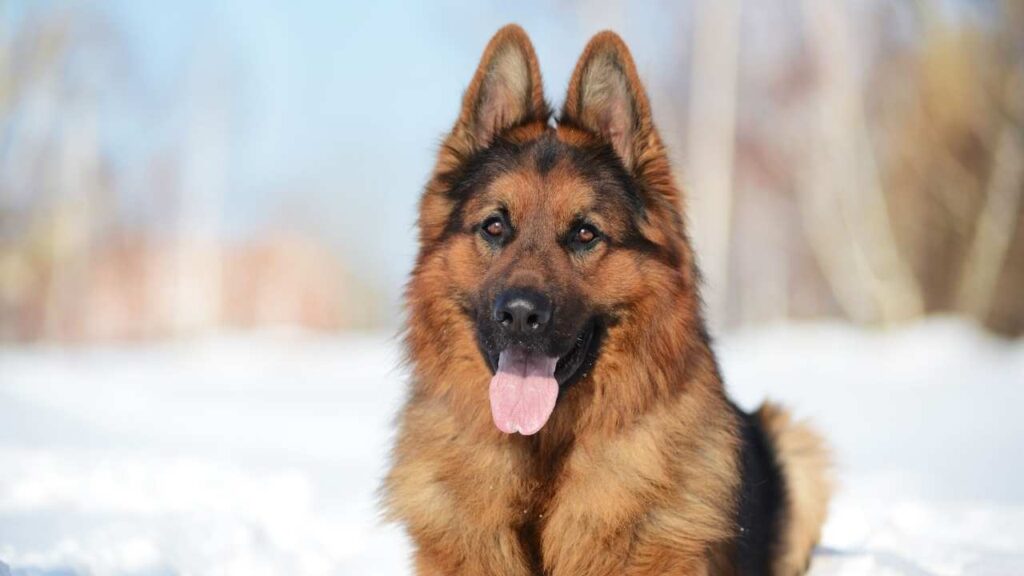
Give your dog toys to play with in the crate, and don’t let them stay there for more than three hours. Otherwise, they will feel lonely. German Shepherds are ideal for an active living environment due to their higher exercise requirements.
If you live in a house with a fenced yard and can take out enough time for your pet’s physical activity and mental stimulation, opt for a GSD.
German Shepherd vs. Pit Bull: Which Breed is Right for You?
Choosing between a German Shepherd and a Pit bull depends on various factors such as your personal taste, preferences, and budget. If you want an easygoing and relaxed dog for your household, we would recommend you to adopt a pit bull.
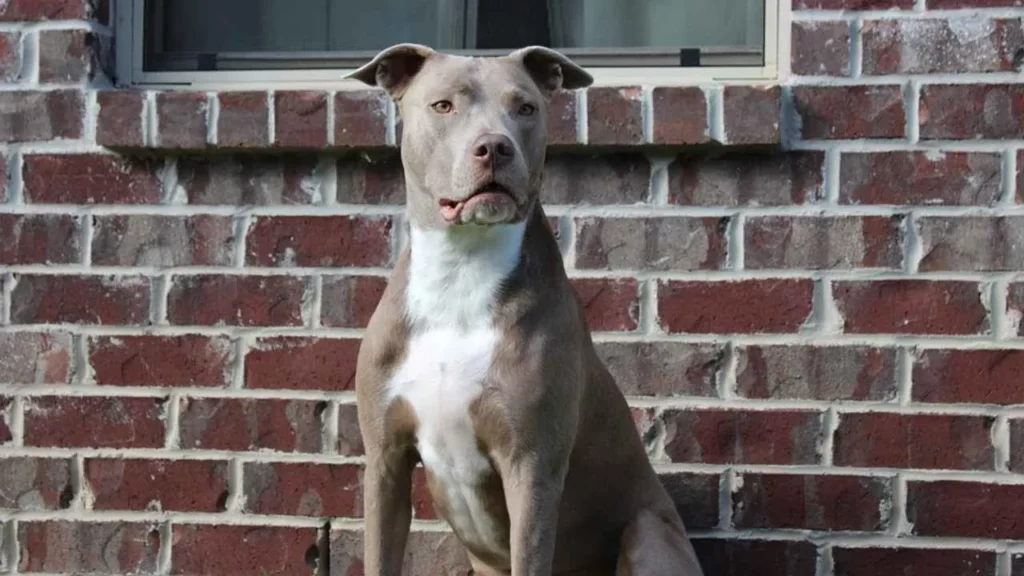
Since German Shepherds are working dogs with excellent guarding skills, they are ideal for pet parents looking for a reliable, muscular breed. But German Shepherds have higher grooming needs as compared to pit bulls.
Another factor that can affect your choice is your budget. German Shepherds are relatively more expensive than pit bulls.
Conclusion
No matter what dog breed you choose, make sure to train and socialize your pup properly. Proper socialization and training can help your dog behave well in different environments and social situations. Lastly, shower your canine companion with lots of love and affection!


